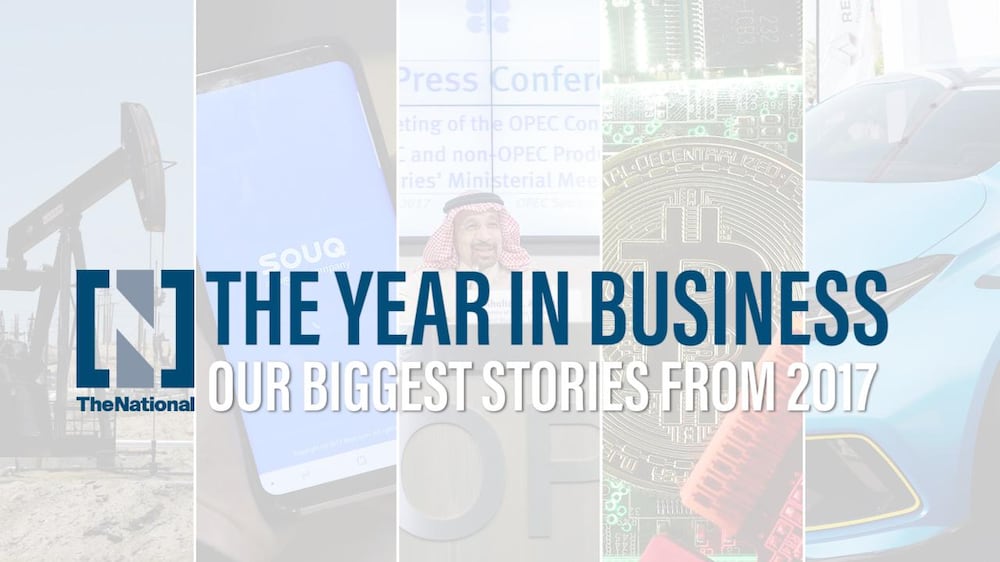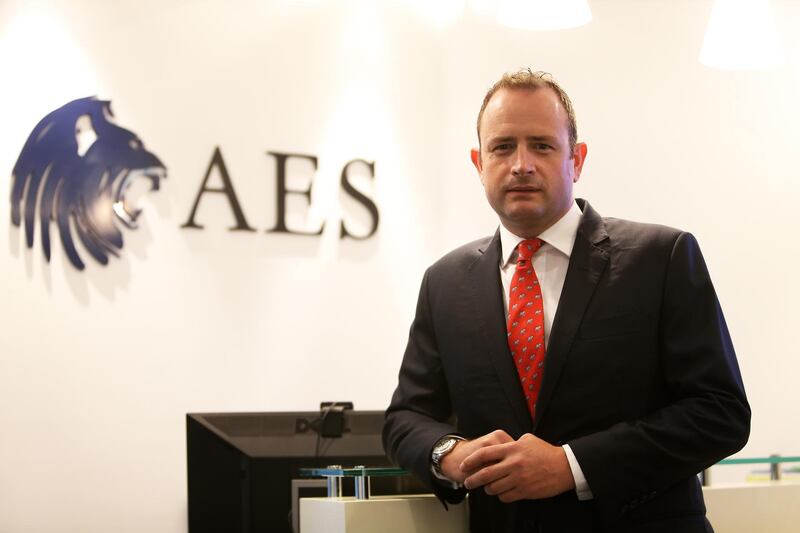A raft of new regulations transforming how UAE insurance brokers are governed could be rolled out early in 2018, said wealth and legal experts, who expect the measures to reduce the number of players operating and clean up the industry.
The Insurance Authority (IA) is yet to formally issue the final form of the regulations, following the release of a second draft circular in April of 2017.
Peter Hodgins, an insurance lawyer at Clyde & Co in the UAE, expects the final form of the law to be released “in the first quarter of next year”.
“My reason for that is that there was some work required on the last draft particularly around the implementation provisions,” he said. “There are a lot of changes that have to be made by insurers and advisers in order to implement it so different components had different timelines. Some of the concepts appeared to get mixed up.”
The IA’s push to clean up the life industry came after the body “noticed an alarming amount of complaints” from policyholders who had seen their gains swallowed by high fees on insurance backed savings schemes.
When it issued its April draft, life insurance companies and family takaful operators were set a deadline of May 11 for any further input. The IA stressed that “absolutely no extensions” would be granted beyond that date with many in the industry expecting the law to be finalised by the summer.
Under the proposals documented in the April draft, the IA plans to impose maximum limits on the indemnity commission - initial commission paid as a lump sum - advisers can earn, and ban them from recouping fees from the investment or insurance products they sell, which currently gives them an incentive to recommend those paying the highest fees.
Mr Hodgins said those in the industry were unsure whether the IA will release a further draft for consultation in 2018 or whether it will be the final form of the law. “I suspect it will be the issued law,” he said.
Industry experts said the new measures would have a significant impact on the revenuesof some brokerages.
Gordon Robertson, owner of Investme Financial Services, a Dubai fee-based advisory, said the changes will particularly affect those that rely on earning via the sale of insurance and investment products – such as fixed-term savings schemes – that pay upfront commissions.
________________
Read more:
UAE financial advisers feel strain of tighter regulations
Smaller insurance brokers may be nudged out of the market by new IA regulations
Aviva sells loss-making FPI to IFG for £340 million
UAE Insurance Authority to offer investors better protection with more stringent regulations
UAE car insurance market overhauled
________________
“They will see a drop in revenues in the first year of up to 90 per cent,” said Mr Robertson. “And because the adviser has already received the commission for the product he sold, he’s going to struggle to convince the client to pay fees so a lot of people will go.
“Some of the bigger firms are trying to change and it’s hard to wean somebody off the product selling towards investment management or relationship management.”
To compound the situation, brokerages will receive a double hit to their revenues, following the strengthening of the IA’s capital adequacy regulations for brokers in July.
According to the IA's regulation, which came into effect immediately, brokers must maintain paid-up capital levels of 100 per cent of the Dh3 million minimum with failure to do so risking intervention from the IA and even suspension of the broker.
“The increase in the capital requirement for licensed financial services firms has put an end to many of the smaller businesses already,” said Sam Instone, chief executive of the fee-based advisory AES International. “Fewer firms are easier to supervise and mean better recourse to complaint for any dissatisfied clients. Again, another example of clever regulation and development within the UAE.”
Mr Hodgins said the capital adequacy measures coupled with the life sector changes will further dent broker revenues.
“They are getting the double whammy of higher capital and less revenue coming in and then you have the third link to that: there are going to be significantly increased compliance requirements and significant costs in terms of whatever comes out of the life regulations,” said Mr Hodgins.
“We will see fewer insurance brokers in the future but the larger ones will survive and they will try to acquire from smaller businesses that struggle to stay in business.”
However, Mr Hodgins said having fewer advisers in the market raises the risk of advisers basing themselves in other jurisdictions and then travelling into the UAE to offer advice.
"My worry is that we will see a return to the historical position of people tripping in and tripping out of the country. The adviser may move east to Thailand or somewhere like that and then will fly in to deal with customers. And that concerns me as it almost creates a black market for financial advice," he said.
Another segment of the insurance market to receive an overhaul in 2017 was car insurance.
New regulations rolled out at the start of 2017 included increasing the maximum liability for third-party damage from Dh250,000 to Dh2 million. Other new rules widened the scope of coverage with parents, spouses and children present in the car at the time of the accident now covered up to Dh200,000 each and stipulations that insurance companies settle claims and pay compensation within 15 days.
Mirza Qouneh, a legal adviser at the IAwho helped to draw up the new legal framework, told The National earlier this year: "Car insurance policies in the UAE had remained more or less the same for the past 30 years.
“Back then, the most expensive cars only cost around Dh15,000. But now the price of cars has of course gone up, so there was a substantial need to make a new policy model that provides a wider scope of protection.”
The year in business: Our biggest stories from 2017









